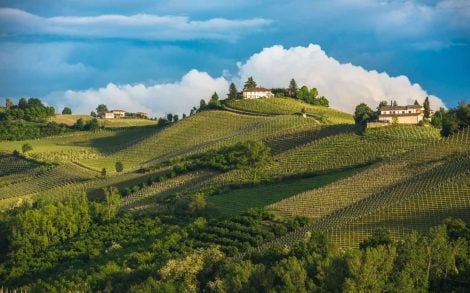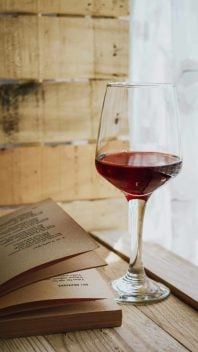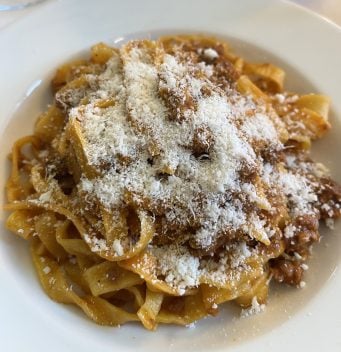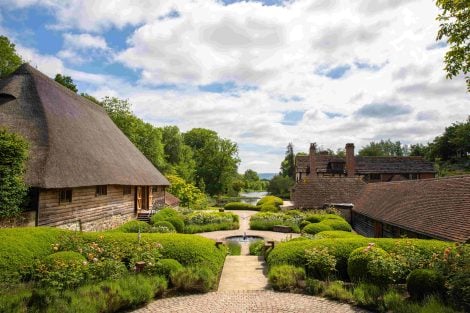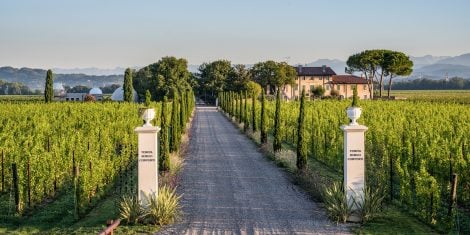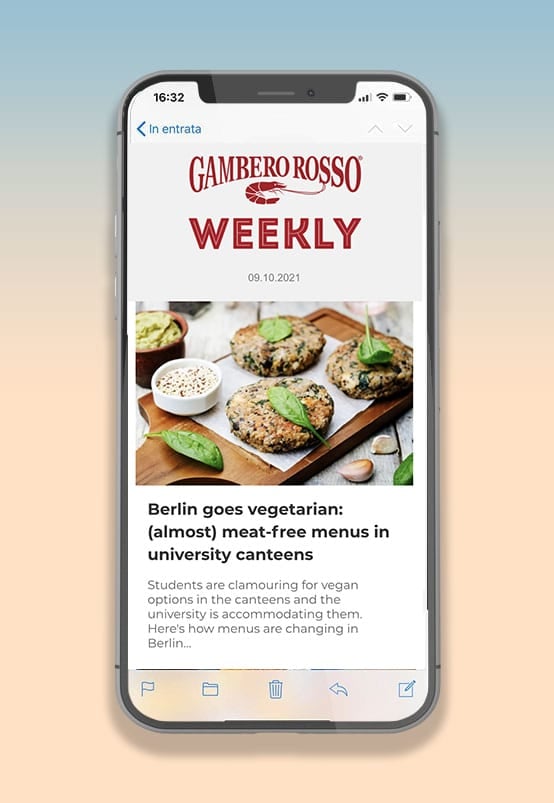Barolo and the Langhe region have been the subject of some controversies in recent months, starting with Carlo Petrini's harsh criticism of inflated land prices and bottle speculation, to which we responded that it is wrong to hypothesize a trajectory for Barolo similar to that of Bordeaux reds.
Moreover, when the 2025 edition of the Gambero Rosso Italian Wines guide was released, we noted that in Piedmont, merit is essential, but so is the luck of being born and having a winery in certain areas of the region.
Thus, it happens that producers of Barolo and Barbaresco, to mention the two most famous and celebrated red wines of Piedmont internationally (though in reality, all producers of Nebbiolo - based wines should be included), have the wind in their sails. Additionally, if you have a long history or an aggressive communication agency capable of setting social media on fire, you can sell Barolo year after year, even on allocation and at very high prices. If, however, you lack these characteristics, you will still sell Barolo, but you will have to settle for the prices the market offers.
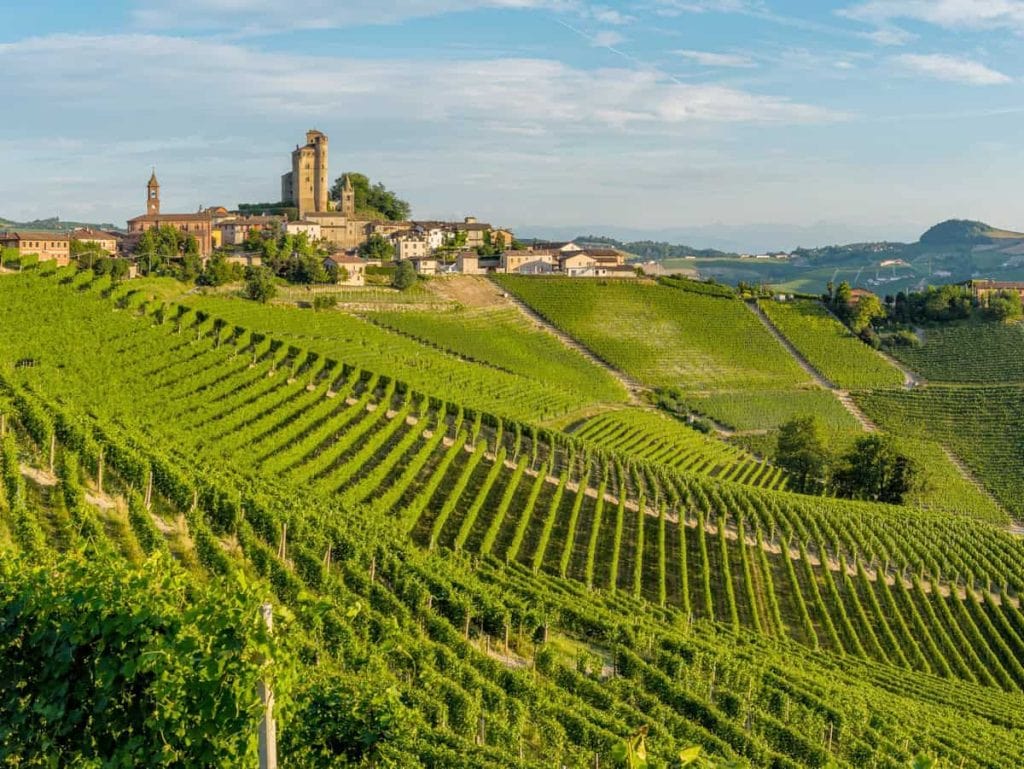
Barolo view
Barolo: the production area
We are in the Langhe region, near Alba, in an area that includes the municipalities of Barolo, Castiglione Falletto, Serralunga d’Alba, and parts of the municipalities of Monforte d’Alba, Novello, La Morra, Verduno, Grinzane Cavour, Diano d’Alba, Cherasco, and Roddi (in the province of Cuneo).
Two rare Barolos
Two Barolos were included in the Rare Wines List, a completely new section of the 2025 Gambero Rosso Italian Wines guide, also featured on the cover story of the November 2024 issue of Gambero Rosso magazine. These are the Barolo Bussia Briccotto ‘20 by Domenico Clerico, a real gem with just nine rows of vines from the Briccotto parcel of the Bussia Soprana cru, and the Barolo Bussia V. Colonnello ‘17 from Bussia Soprana. The Vigna Colonnello spans only 0.5 hectares with old vines over seventy years old. Let’s put it plainly: the ‘17 is a breathtaking vintage.
The best Barolos awarded Tre Bicchieri
Here are the Barolos that received the highest recognition in the 2025 Gambero Rosso Italian Wines guide. These are almost always historic wineries, many of which are true benchmarks for the denomination with their estate crus.
The Barolo Arborina '20 boasts a sparkling aromatic profile that aligns hints of citrus, small red fruits, spices, and balsamic tones. On the palate, the sip is juicy, flavorful, and well-proportioned, with dynamic development and an airy, balsamic finish. Mauro Veglio took over the family business in 1986, starting his own bottling in 1992. Later, Mauro’s nephew Alessandro joined the winery, introducing his winemaking vision in 2008. By 2017, the two Veglio wineries had merged into a single entity. The estate’s vineyards feature prominent crus from La Morra (Gattera, Arborina, and Rocche dell’Annunziata) and Monforte d’Alba (Castelletto).
The 2020 version of Barolo Cannubi by Giacomo Fenocchio is a resounding success, with a refined nose oscillating between citrus, floral notes, and hints of anise. On the palate, the sip is particularly savory and dynamic, with continuous development and a dynamic, broad finish. The Fenocchio family from Monforte embarked on their virtuous winemaking path in 1989 under Claudio Fenocchio, following the foundational work by Giacomo, who had developed viticulture in the 1950s by selling grapes to others. Today, wines from this family—produced from the Bussia (owned since 1972), Cannubi, Villero, and Castellero crus—maintain an authentic, traditionally styled signature without forced interventions.
The Barolo Castelletto '20 impresses with a bouquet of ripe red and black fruit, spices, and balsamic tones. On the palate, it is decisive and savory, with solid development and a well-played finish of resolved tannins and fruity echoes. In 2013, the Gussalli Beretta family entered the Langhe, acquiring vineyards in Castelletto (including the prestigious Pressenda site) and San Sebastiano in Monforte d'Alba. Fortemasso has quickly established itself as a significant presence in the area, producing Barolo, Langhe Nebbiolo, and Barbera d'Alba. These wines are consistently well-crafted and of reliable quality.
The Barolo del Comune di Castiglione Falletto '19 is extraordinary, opening with clear aromas of red fruit and licorice, then evolving into tobacco and violet petal notes. The palate offers disarming balance: measured austerity complemented by refined tannins and a lingering finish. Mario Fontana, based in Monforte d'Alba but with key vineyards in Castiglione Falletto (Mariondino, Villero, and Giachini crus), founded his winery in 1994. Combining tradition with his personal touch in a highly competitive field, Fontana produces captivating and distinctly personal wines that capture the genuine nuances of different vintages.
Leading the pack for Giacomo Conterno this year is an exceptional Barolo Francia, which, thanks to the vintage, becomes the archetype of Barolo from Serralunga: complex and initially reserved aromas of licorice, rose, and fruit, while on the palate, slightly rough tannins benefit from excellent structure. Based in Monforte d'Alba, the winery was founded a century ago by Giacomo Conterno, who created the legendary Monfortino. In 1974, his son Giovanni purchased the Francia vineyard, which would become the sole source for their celebrated masterpiece. Giovanni’s son Roberto took over in 2015, acquiring additional vineyards—Cerretta and Arione in Serralunga d'Alba—and expanded operations in Gattinara with the acquisition of Cantine Nervi. Once again, under Roberto’s leadership, the selection is flawless.
The Barolo Ginestra Ris. 2016 by Paolo Conterno reaffirms the greatness of its terroir and winemaker. The Ginestra cru marks this wine distinctly: alongside raspberry, there is a symphony of balsamic and mentholated aromas, with a powerful yet sleek palate. Based in Monforte d'Alba, the winery, now run by Giorgio Conterno—the fourth generation—centers its story around the Ginestra cru, one of Barolo's most significant. In recent years, the company has embraced new challenges, acquiring the Antico Podere del Sant’Uffizio in Cioccaro di Penango (Monferrato) and the Tenuta Ortaglia in Fiesole (Tuscany).
Among the wines presented by Casa E. di Mirafiore this year, our preference goes to Lazzarito '20. This splendid Barolo has a refined nose of red oranges alternating with balsamic notes. The palate is rich and juicy, with a long persistence. Founded in 1878 by Emanuele Alberto Guerrieri, Count of Mirafiore and son of Italy’s first king, Casa E. di Mirafiore reached its commercial zenith by 1900. After a period of decline, it was revived in 2008 by the Farinetti family, becoming a cornerstone of their winemaking project alongside Fontanafredda and Borgogno.
The Meriame 2020 presents itself with refined notes of tobacco, red fruits, and spices, all delicately enhanced by balsamic nuances. On the palate, it favors elegance over power, with a juicy and balanced tannic structure. Located near Serralunga, in the Meriame locality where their most important cru originates, Gian Paolo Manzone and his wife Luisella Corino have been producing Barolo, Dolcetto d’Alba, and Barbera d’Alba since 1999. Their wines follow a classic style, with aging conducted in large casks and tonneaux. Additional vineyards are cultivated in Sinio and Canale for Roero production.
The 2019 version of Barolo Monprivato will be remembered for a long time. Born from a rather warm vintage, Monprivato loses part of its usual youthful austerity to become crystal-clear class in its aromas, with a conscious and measured tannic delicacy and a long trail of olfactory memories. The Mascarello family winery produces some of the most prestigious wines of the Barolo denomination, always refined and with an unmistakable style. Monprivato is the winery's flagship wine, sourced from one of Barolo's most important Crus, located on the hills of Castiglione Falletto, capable of yielding luminous and timeless wines. The interpretation by Giuseppe Mascarello winery, which owns almost the entire extension of this Cru, is known to be the most significant.
Barolo Monvigliero 2020 boasts aromas defined by brilliant fruity and balsamic tones, anticipating a broad, satisfying palate with beautiful tension, a well-modulated and flavorful sip. Fratelli Alessandria winery, founded in 1870, is one of the oldest producers in Verduno. Today, it is run by Gian Battista, his wife Flavia, his brother Alessandro, and his son Vittore, who continue the family's centuries-old winemaking tradition, adhering to a solid classicism. In addition to Nebbiolo, their vineyards grow Dolcetto, Barbera, Freisa, and Pelaverga, with Favorita being the only white grape they produce.
Once again, the 2020 Barolo Mosconi stands out for its refined aromatic profile that blends fruity notes with rich spices. The palate is also well-constructed, with a fine and soft tannic structure, a compact development, and a long finish closed by a pleasant balsamic touch. Pio Cesare's renowned role in Alba is now upheld by the Boffa family—Augusto, Cesare Benvenuto, and Federica Rosy. Their flagship wines are Barolo and Barbaresco, although their portfolio includes nearly all the other denominations of the Langhe and beyond. Their wines consistently maintain high quality, often reaching the absolute pinnacle of expression for their respective territories.
The 2020 Barolo Rive from Negretti showcases refined and airy aromas ranging from floral touches to small red fruits, closing with spices and balsamic notes. On the palate, the sip is graceful and vertical, enlivened by measured tannins, and ends with a persistent and dynamic finish. In 2002, brothers Ezio and Massimo founded their namesake winery in the Santa Maria district of La Morra. Both oenologists, the Negretti brothers produce Barolo from three vineyard plots: one on the Roddi hill (Bricco Ambrogio) and the other two (Rive and Bettolotti) in La Morra. They also cultivate Barbera and Chardonnay. The wines have a modern style, with aging predominantly conducted in tonneaux and barriques.
Barolo Rüncot Riserva 2016 is an intense and well-executed wine, with defined and generously fruity aromas, powerful and almost opulent gustatory progression, compact development, and a long, persistent finish with fruity tones returning. In the early 1980s, the Grasso family began focusing their farming business on winemaking, restructuring their vineyards planted with Nebbiolo, Dolcetto, and Barbera, and bottling their first Barolos. Today, Gianluca Grasso runs this estate in Monforte d'Alba, producing wines with a strong connection to their place of origin, mainly aged in large oak barrels.
Once again, Ca' Viola delivers a lineup of impeccably high-quality wines, among which the usual Barolo Sottocastello di Novello stands out. The 2020 vintage reveals intense aromas of medicinal herbs and rose, followed by notes of tobacco and raspberry. The palate is refined and deep, thanks to a perfect balance between structure and freshness. Today, Ca' Viola is one of the leading producers in the Langhe region, crafting well-made wines with impeccable style. Its owner, Giuseppe Caviola, is a renowned consulting oenologist who, at the start of his career, also became a producer in his own right.
The 2020 Vigna Rionda by Giovanni Rosso lacks the natural exuberance of the 2019 vintage, but it compensates with an extremely delicate and precise tannic texture, achieving the same magic in the end. Led by Davide Rosso, this winery has achieved an absolute level of stylistic definition in its labels, masterfully expressing Nebbiolo with traditional expertise and flawless execution. The flagship wine, Barolo Vigna Rionda Ester Canale, is produced in limited quantities but encapsulates the essence of this legendary vineyard—a true altar in the Barolo sanctuary of Serralunga. When matching the incredible performance of the previous year seems impossible, Davide Rosso and his talented young team prove otherwise.
The 2016 Barolo Vignarionda by Figli Luigi Oddero Tenuta Parà offers a broad sip characterized by evolving tannins and a dynamic finish with fragrant extension—a red of extraordinary power and harmony. The founder of this winery in La Morra is mentioned in the pages of Vino al Vino, where Mario Soldati describes him as a man capable of merging the energies of the past with a vision for the future. After his passing in 2010, this philosophy was faithfully carried forward by his wife Lena and children Maria and Giovanni, who now manage the estate, with vineyards in La Morra, Castiglione Falletto, and Serralunga, including the Crus Rive, Santa Maria, Scarrone, and Vigna Rionda, as well as in Treiso’s Rombone Cru.
Guido Porro's 2020 Barolo Vignarionda, unsurprisingly, exudes refinement from its initial olfactory impact, intertwining fragrant wild berries against a graphite backdrop. On the palate, the sip is defined and consistent, with progressive tannic texture and juicy fruit, concluding in a well-proportioned finish. This Serralunga d'Alba winery is especially known for its Barolo from the Lazzairasco vineyard but also holds plots in the Santa Caterina and Vigna Rionda Crus. In recent years, the Porro family's wines have stood out in the Langhe wine scene with their precise and classic style, deeply resonant with their native territory and never excessive, with aging in large oak barrels.
Villero by Livia Fontana once again impresses with its refined elegance (notes of citrus, violet, and sweet spices, followed by a delicately balsamic finish) and luminous ruby color. Livia wisely involved her sons, Lorenzo and Michele, in repositioning this historic winery (a municipal document confirms that the Fontanas have cultivated vines on these hills since 1643), which, in a few short years, has emerged as a rigorous and impressive operation. Half a hectare of Villero has been replanted with massal selection to replace failing vines, and investments in the cellar, including large Stockinger barrels, have been completed.
Barolo Villero Riserva 2016 features refined aromas of fragrant red fruit, subtle hints of pepper and rose, and balsamic undertones. On the palate, the sip is fine with lively and well-defined progression, leading to a broad finish with returning fruity notes and a pleasing hint of licorice. Vietti is one of the benchmarks of Langhe winemaking, with wines that have made its history, crafted from some of the most significant Barolo and Barbaresco Crus included in the estate's vineyards based in Castiglione Falletto. In 2016, the sale of the winery to the American Krause family, owners of Krause Holdings Inc., caused a stir, although the organizational structure of the winery has remained largely unchanged.

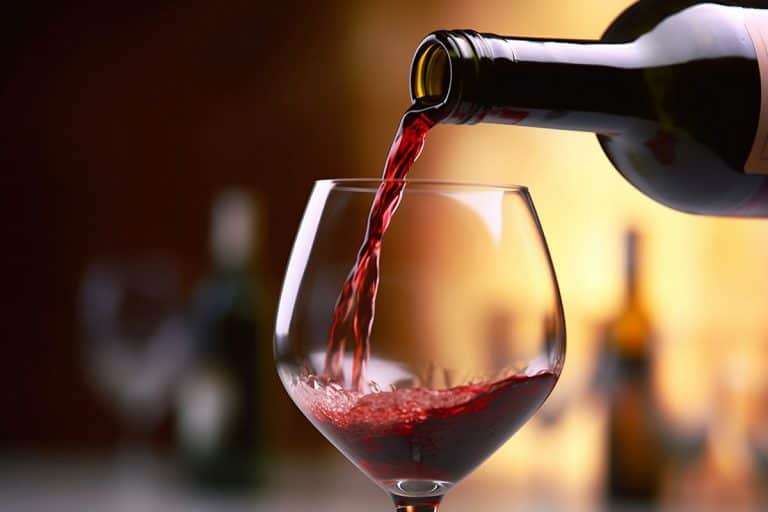
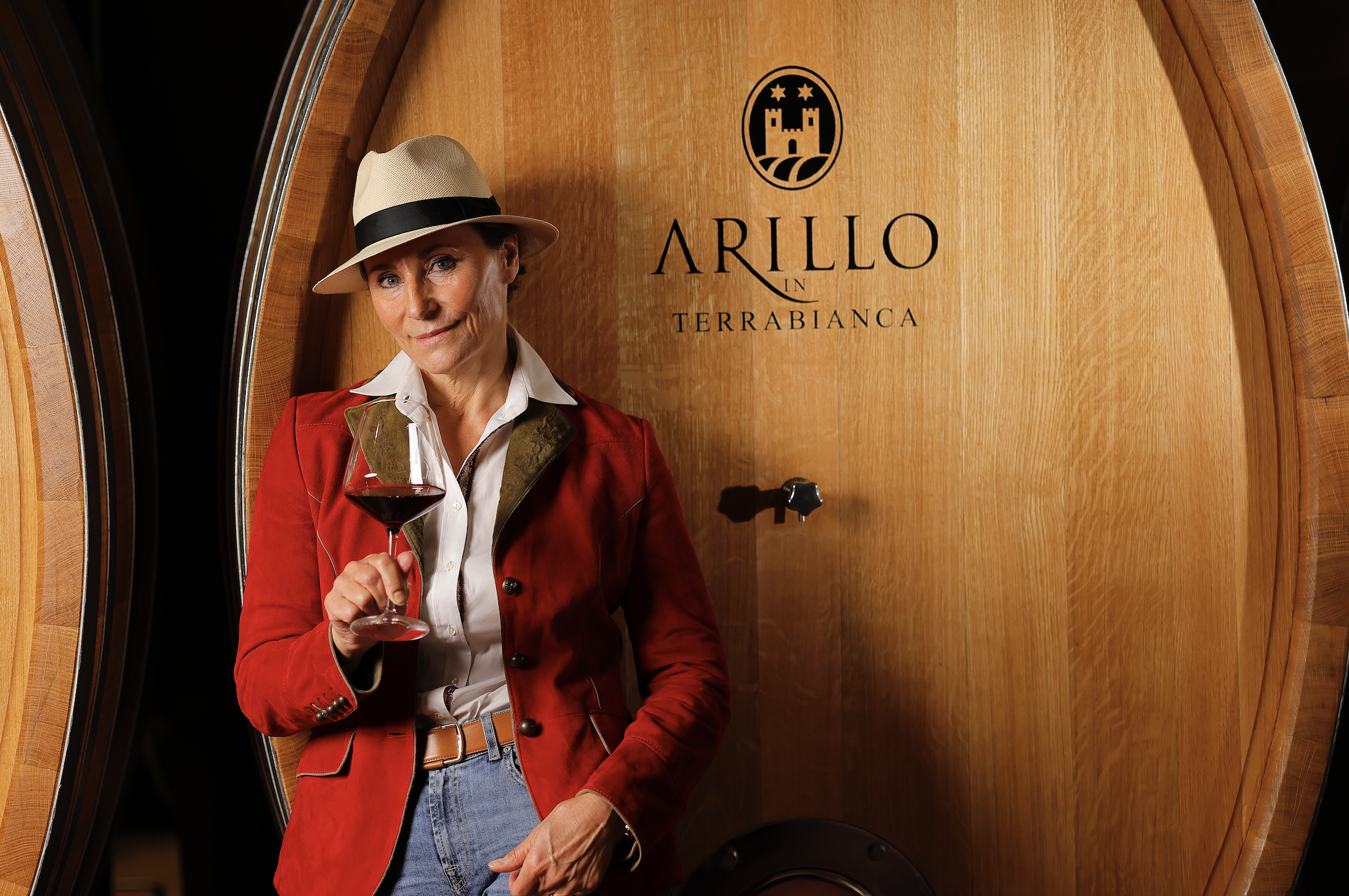 Why Arillo in Terrabianca's organic approach is paying off
Why Arillo in Terrabianca's organic approach is paying off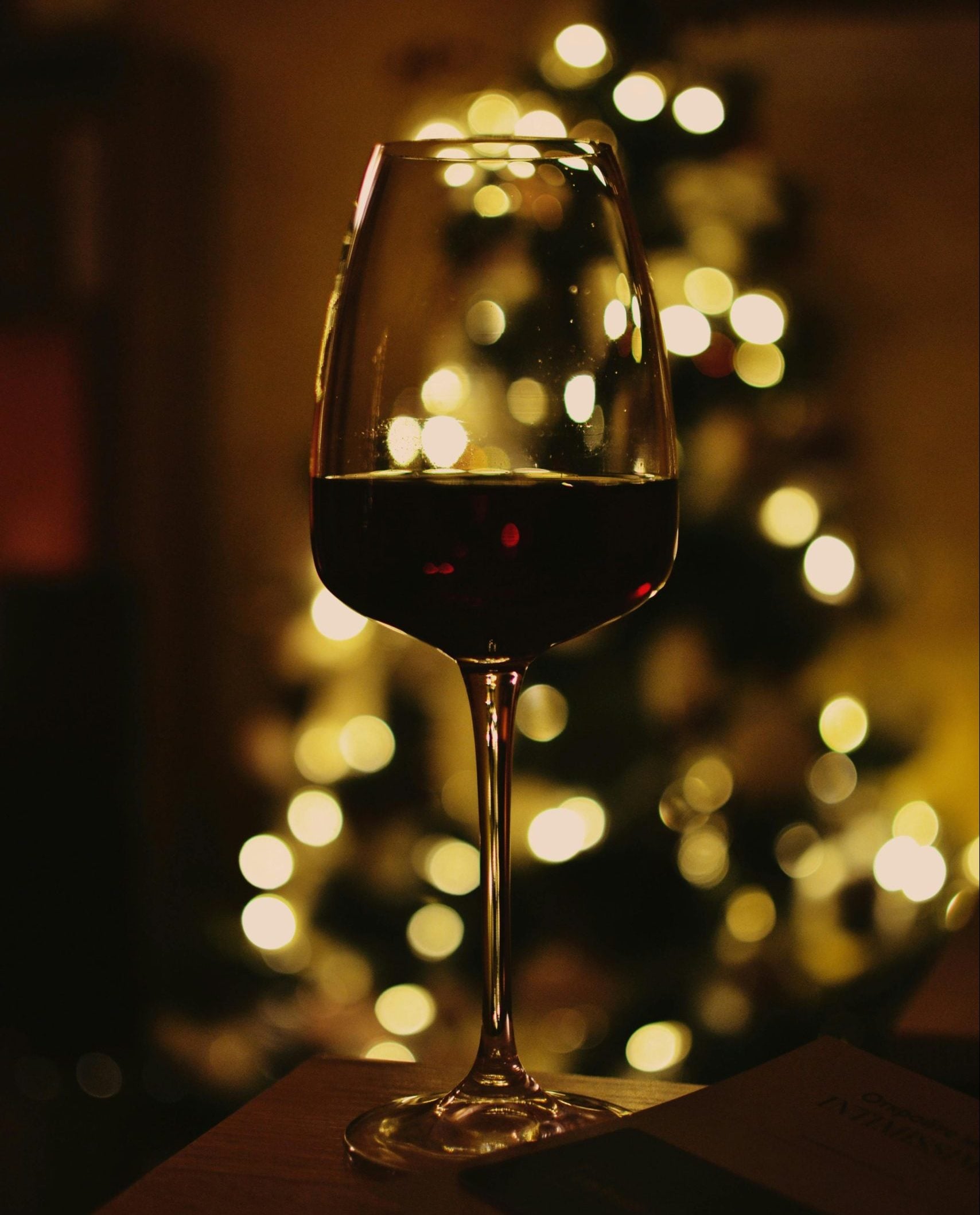 What do sommeliers drink at Christmas?
What do sommeliers drink at Christmas?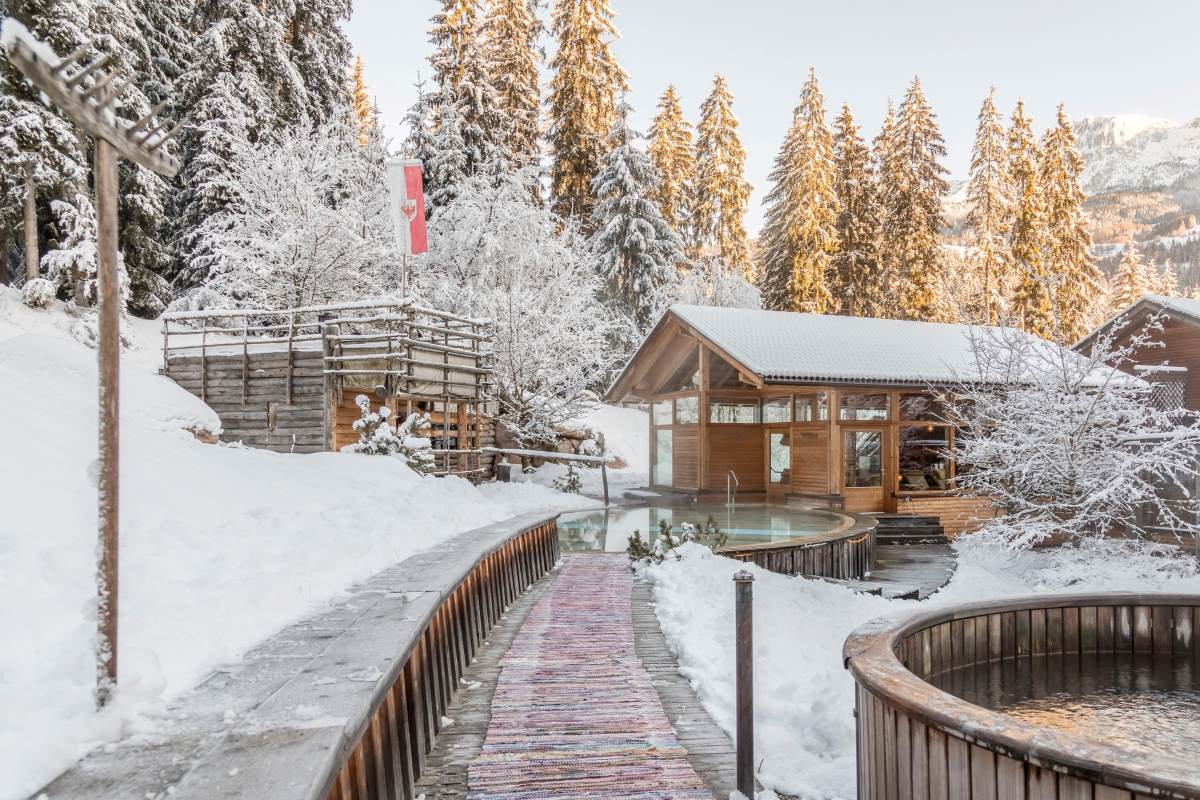 The alpine hotel where you can enjoy outstanding mountain cuisine
The alpine hotel where you can enjoy outstanding mountain cuisine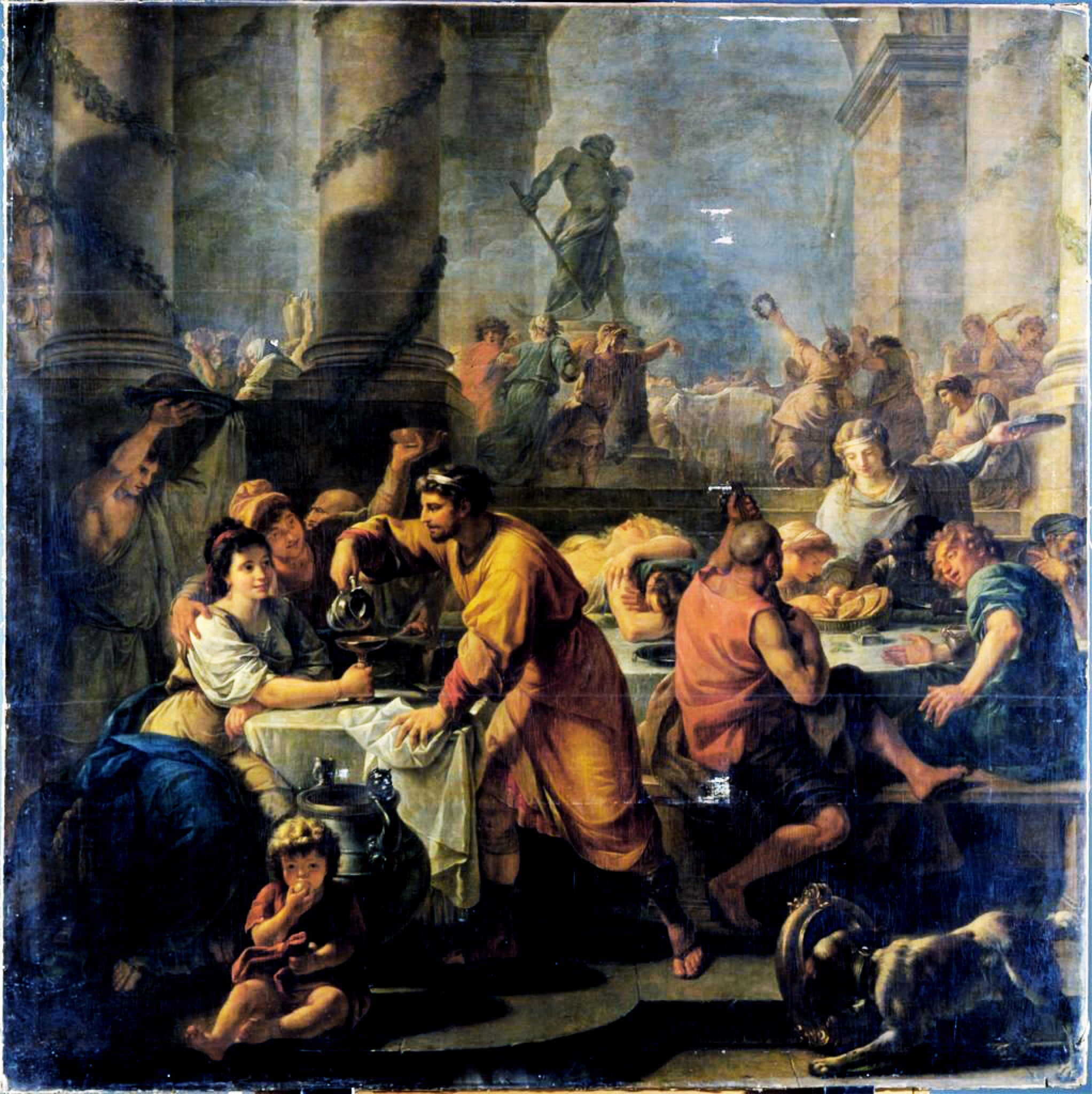 Io Saturnalia! How to celebrate the festive season like an Ancient Roman
Io Saturnalia! How to celebrate the festive season like an Ancient Roman